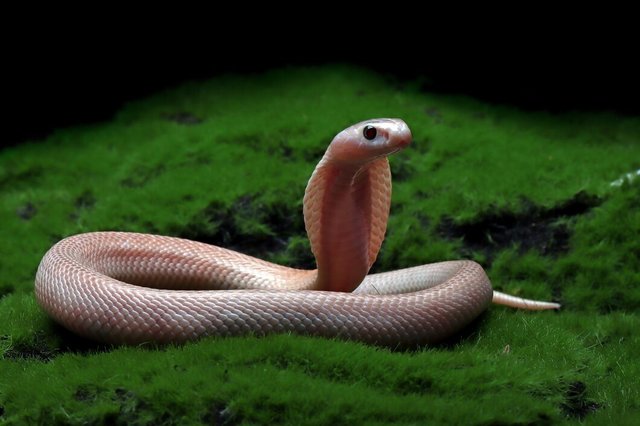about the Eastern Milksnake
about the Eastern Milksnake
The Eastern Milksnake (Lampropeltis triangulum triangulum) could be a intriguing animal. Here's a point by point see at this non-venomous wind:

Appearance:
Grown-up Eastern Milksnakes ordinarily degree between 60 to 91 centimeters (24 to 36 inches) in length, in spite of the fact that a few can develop as long as 132 centimeters (52 inches)¹. They have smooth, sparkly scales with a particular color design. The dorsal (back) portion of the wind highlights brownish or reddish-brown saddles edged in dark. The stomach is characterized by a checkerboard design of dark and white¹.Mimicry:
This wind is known for its Batesian mimicry, where it imitates the coloration of the venomous Coral Wind to prevent predators. In any case, not at all like the Coral Wind, the Eastern Milksnake is safe to humans¹.Environment:
The Eastern Milksnake is innate to eastern and central North America, extending from Maine and Ontario within the north to Alabama and North Carolina within the south¹. It flourishes in different living spaces, counting open regions, timberland edges, and regularly in country settings where it can discover hibernation and bolstering locales like buildings and well evolved creature burrows¹.Behavior:
They are by and large easygoing and are not known to be forceful towards people. In confinement, they are frequently bred for the pet exchange due to their sensible measure and moderately calm nature².Eat less:
As a constrictor, the Eastern Milksnake preys on little rodents, winged creatures, and reptiles. It employments choking to repress its prey some time recently consumption⁴.Preservation Status:
The populace drift of the Eastern Milksnake is considered steady, and it is classified as "Slightest Concern" on the preservation status scale².
The Eastern Milksnake could be a extraordinary illustration of how non-venomous snakes can adjust and survive within the wild through mimicry and other behaviors. In the event that you're inquisitive about watching these snakes or considering one as a pet, it's vital to memorize almost their particular care prerequisites and to source them mindfully. Is there anything else you'd like to know almost snakes or other reptiles? 🐍
